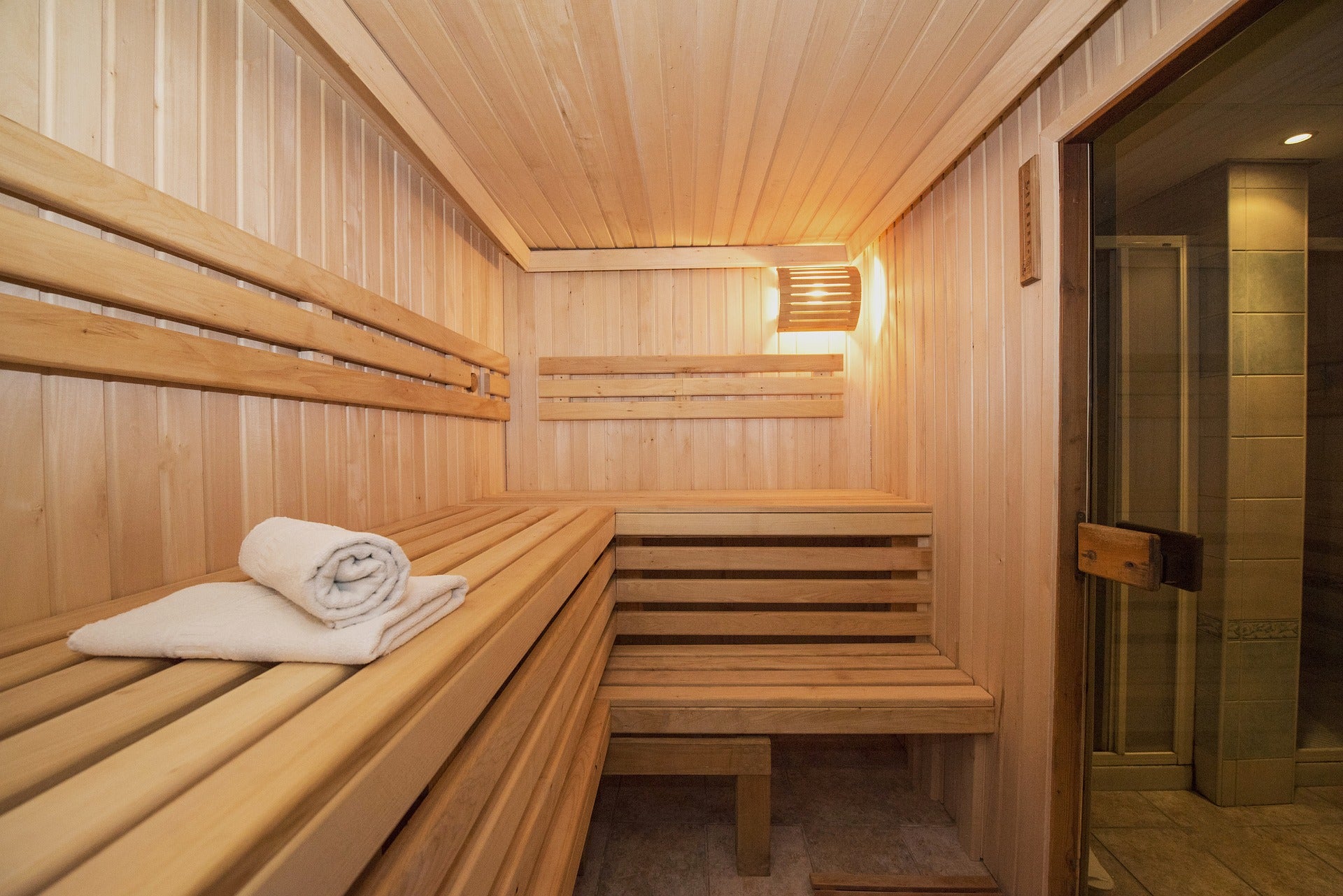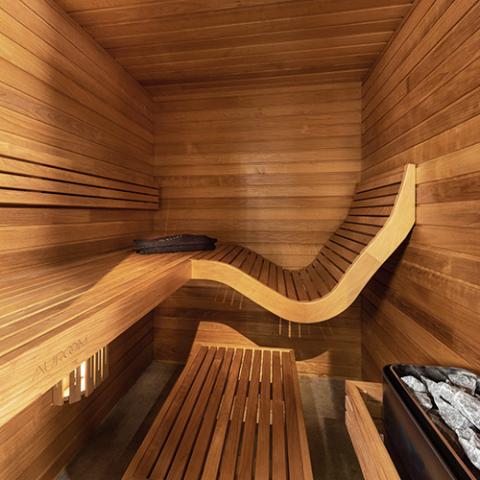Top Guidelines Of Traditional Sauna
The Basic Principles Of Traditional Sauna
Table of ContentsExcitement About Traditional SaunaLittle Known Questions About Traditional Sauna.The Ultimate Guide To Traditional SaunaThe 4-Minute Rule for Traditional SaunaAn Unbiased View of Traditional Sauna
The majority of the weight lost in a sauna is water loss and is re-gained upon rehydrating. Nevertheless, undoubtedly sauna can be a vital part of a healthy weight reduction program. To look at the distinctions in between standard and IR saunas, I will separate these right into verifiable, academic, and made distinctions.Hence, the best point in the saunawhich is at the ceiling straight over the sauna heateris usually between 185 and 190 F. Claims that a typical sauna exceeds 200 F is just not real and not relevant for electrical saunas offered in the United States. The temperature level for a far-infrared sauna is typically established between 120 and 140 F; nevertheless, unlike the conventional sauna, the goal in and IR area is not to accomplish a high temperature level.

When a typical sauna has actually been correctly warmed, the sauna wall surfaces are cozy, the air temperature level has achieved established temperature level and the rocks are extremely heated. As an intriguing side note, the warmed wall surfaces and the rocks are releasing far-infrared warm, combined with the warmed air, to develop an "enveloping warm".
The Ultimate Guide To Traditional Sauna
When the heat is attained, the components cycle on and off to maintain the heat. A lot of conventional sauna customers enjoy pouring water over the rocks to develop vapor to raise sauna humidity levels. The benefits of putting water over the rocks consist of: making the area more comfortable, moistening the nasal flows, and allowing the usage of aromatherapy by blending important oils with the water.

When the power goes into the body, it triggers the body temperature to enhance and find more info eventually leads to perspiration. In an infrared sauna it's crucial for the emitters/heaters to remain on almost constantly. Since there is no mass of rocks to retain heat, the sauna will certainly cool down if the emitters closed off.
Rumored Buzz on Traditional Sauna
As stated above, the sauna bather in an infrared area desires to position himself in front of running emitters to get optimal gain from the heat. The home heating time for both areas can be very various, depending on just how the rooms are made use of. For a standard sauna, a bather should enable 30-40 minutes for the space to achieve a preferred temperature level and to appropriately pre-heat the rocks.

A well created sauna will generally accomplish a temperature level of 150-160 Discover More F in about 30-40 minutes. For hotter temperatures, the space may require to warmth for a longer duration.
To some, 15 mins was "wasted" while the infrared energy heated the wood panels instead of warming a body, while others locate a pre-heated area to be more comfortable and think a raised beginning temperature level is necessary to start sweating. The size of advised usage for each and every area is about the very same (10-15 mins per session); nonetheless, as a result of the reduced air temperatures and the capability to feel the effects of infrared heat much faster than a typical sauna, it is not unusual for an individual to invest an overall of 20-30 minutes in an infrared sauna.
Traditional Sauna Fundamentals Explained

The typical expense per kWH of power in the united state is around $0.11, so a 4.5 kW heater will certainly set you back roughly $.50 to run for one hour, if the heater runs continually for one hour. Commonly a sauna heater will compete 75% of the very first hour and 50% of succeeding hours on because the elements cycle once the established temperature level is achieved.
A 2 person far-infrared room is typically literally smaller than a conventional sauna, frequently about 4' x 4' or smaller. The IR heating unit is normally 1.5-1.7 kW using a 120 volt 15 amp plug-in service. Considering that the area can be used faster than a sauna room, we will presume the room is made use of for to of an hour consisting of heat up time.
There is a hardly ever reviewed distinction in the social experience in between the 2 areas. While our society has actually lost a few of the social benefit of the typical sauna experience, it can be really socially rewarding (Traditional Sauna). From household time in the sauna, to heart-felt discussions with loved ones, to sauna partiesthe standard sauna experience can result in intimate interacting socially
Not known Facts About Traditional Sauna
A lot of higher this contact form end infrared rooms include colored light therapy, noise systems and full-glass fronts.